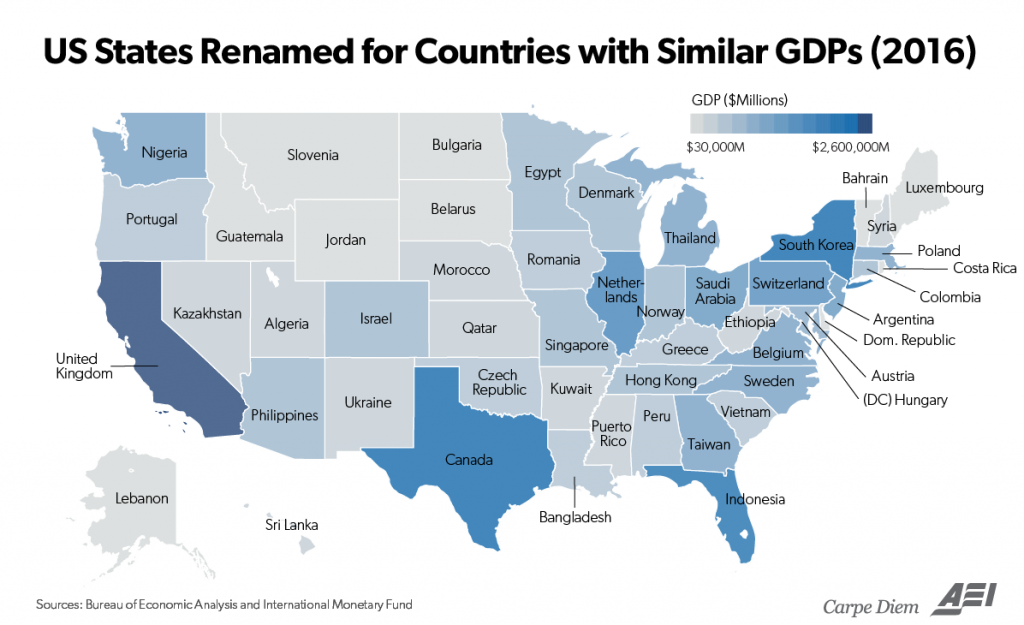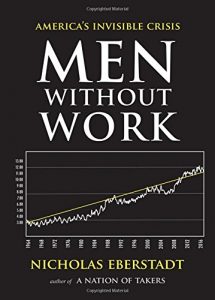Words are powerful, and, when used well, they can incite people to both good and evil. They give those in positions of power, well, power – and lots of it. And, thanks to the Bill of Rights, specifically the very first item on it, people can say almost anything with presumably no consequences. This means when someone with influence says something publicly, it can have a huge impact on society.
While everyone has the right to say whatever he or she wants, those with influence over audiences have the responsibility to exercise their free speech with vigilance. While speech can be, and is, used benevolently, it is also used nefariously. Examples of either are unneeded here; the evidence for both is plentiful and ever growing.
The media are not the only ones with this responsibility. Anybody who has influence over any number of people is aware of the impact of their words. Words matter, and saying certain things can have unforeseen consequences. The expression “Be careful what you wish for” wasn’t created in a vacuum.
A gut-wrenching story illustrates the importance of this responsibility on a very personal level. In Massachusetts, a woman was found guilty of involuntary manslaughter for sending text messages to convince her boyfriend to commit suicide. She continually told her boyfriend to get back into his truck while it was filling up with carbon-monoxide. While she is protected under the First Amendment to an extent, the consequences of her words are too real to be ignored. She ignored her responsibility to exercise this right with caution and is being punished for her “reckless conduct.”
The recent shooting of Louisiana Rep. Steve Scalise offers a lesson as well. A distraught Bernie Sanders supporter, angry over the recent election of Donald Trump, found it necessary to travel to Virginia from Illinois and open fire on a group of Republican lawmakers. The shooter may have been tackling other mental illness issues at the time, but is it possible all the toxic, and sometimes violent, rhetoric against President Trump pushed this man to do what he did? Would he have not done what he did if he weren’t influenced by media outlets he followed constantly attacking Trump, making the president seem more evil than Satan himself? We will never know with certainty since the shooter is now dead, but the rhetoric can’t be written off.
And here’s why we can’t just look the other way (so to speak!) — because to say it had no influence in the commission of the crime is to deny that speech can also bring good. National Review columnist Jonah Goldberg well-articulated the relationship between free speech and action.
I have always thought it absurd to claim that expression cannot lead people to do bad things, precisely because it is so obvious that expression can lead people to do good things. According to legend, Abraham Lincoln told Harriet Beecher Stowe, ‘So you’re the little woman who wrote the book that started this great war.’ Should we mock Lincoln for saying something ridiculous?
As Irving Kristol once put it, ‘If you believe that no one was ever corrupted by a book, you have also to believe that no one was ever improved by a book. You have to believe, in other words, that art is morally trivial and that education is morally irrelevant.’
If words don’t matter, then democracy is a joke, because democracy depends entirely on making arguments — not for killing, but for voting. Only a fool would argue that words can move people to vote but not to kill.
Goldberg also points out that the First Amendment was built on an effort to stop leaders from murdering in the name of religion.
Ironically, free speech was born in an attempt to stop killing. It has its roots in freedom of conscience. Before the Peace of Westphalia in 1648, the common practice was that the rulers’ religion determined their subjects’ faith too. Religious dissent was not only heresy but a kind of treason. After Westphalia, exhaustion with religion-motivated bloodshed created space for toleration. As the historian C. V. Wedgwood put it, the West had begun to understand ‘the essential futility of putting the beliefs of the mind to the judgment of the sword.’
This didn’t mean that Protestants instantly stopped hating Catholics or vice versa. Nor did it mean that the more ecumenical hatred of Jews vanished. What it did mean is that it was no longer acceptable to kill people simply for what they believed — or said.
But words still mattered. Art still moved people. And the law is not the full and final measure of morality.
All in all, freedom of speech is a considerably large power given to the residents of this country. And, in the words of one well-known superhero’s uncle, “With great power comes great responsibility.”







